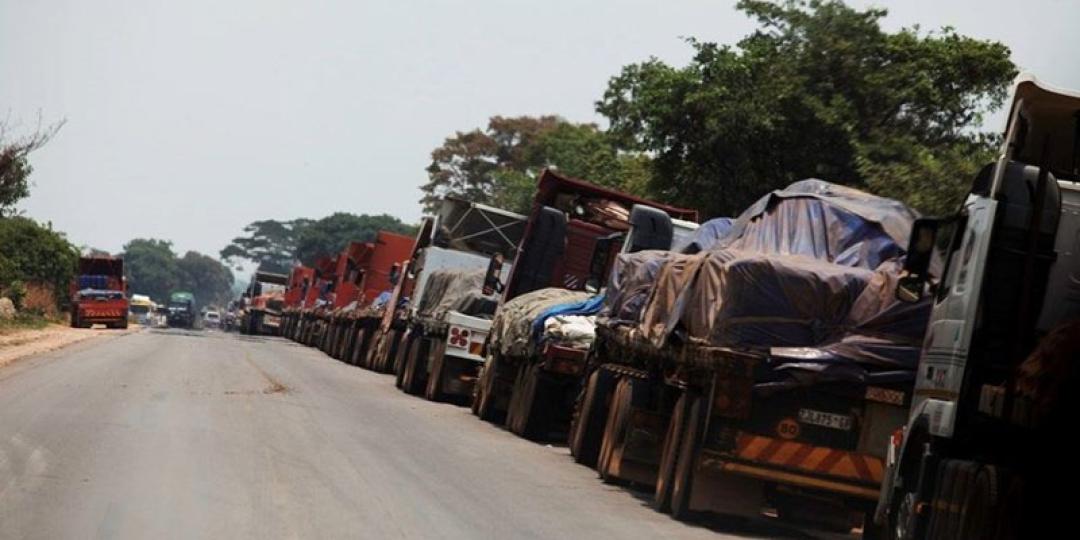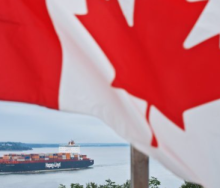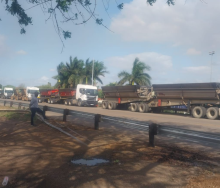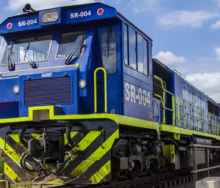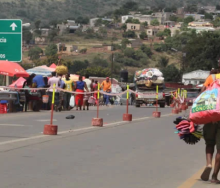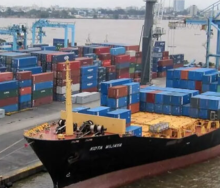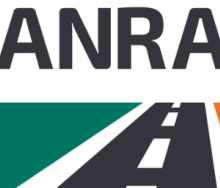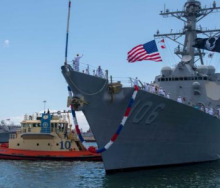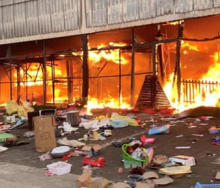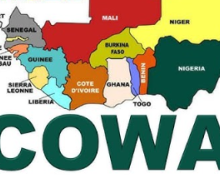A decision to use the Sakania border post, about 130km southeast of the congested Kasumbalesa crossing between the Democratic Republic of the Congo (DRC) and Zambia, seems to be paying ‘dividends’ – in more ways than one.
Labour issues and strike action over the weekend have thankfully been resolved, resulting in truck traffic once again flowing through the alternative transit point.
“The strike action only lasted one day and trucks have been crossing without delay,” said one long-haul freighter.
Trucks flowing with relative ease across the border from Zambia’s Copperbelt to the DRC is an extreme rarity for this part of the sub-Saharan region, and transporters are rather chipper about Sakania.
One even said the Zambia Revenue Authority (ZRA) should consider allowing trucks to exit through Sakania as well, especially Hazchem hauliers.
For the time being though, trucks enter the DRC at Sakania and return via Mokambo, the crossing which is halfway between Sakania and Kasumbalesa.
However, for this ‘privilege’, using border crossings that are a far cry from the congestion at Kasumbalesa, transporters have to pay hefty fees.
The northbound transit cost $150 to pass through Sakania, said one bulk liquid haulier, while the southbound journey set return-trippers back $100 at Mokambo.
“It’s all a money-making thing,” one of the transporters said.
And the road from the border at Mokambo to Ndola via Mufulira is not much to speak of, adding to the frustration of transporters who have to pay heavy tolls and have no recourse to what they’re expected to pay for services and road surfaces that are mostly inadequate.
In an ideal world, the crossing at Kasumbalesa would be the best bet, offering tar all the way through to the DRC’s copper mining nerve centre of Lubumbashi.
But Kasumbalesa has been clogged up for weeks now and, despite best efforts by authorities like the ZRA to decongest the crossing, the border remains bottlenecked.
Over the weekend, the Federation of East and Southern African Road Transport Associations reported that trucks heading north were queuing all the way to Kitwe about 95 kilometres to the southeast.
All things considered, cross-border costs continue to mount for transporters, but for now they’re only too happy to have access to alternative entry points such as Sakania.
And Kasumbalesa?
Well, it remains anyone’s guess when the DRC and Zambia are finally going to harmonise that border with synchronised working hours, hopefully 24/7, and other modern-day efficiencies to facilitate trade – if ever.
